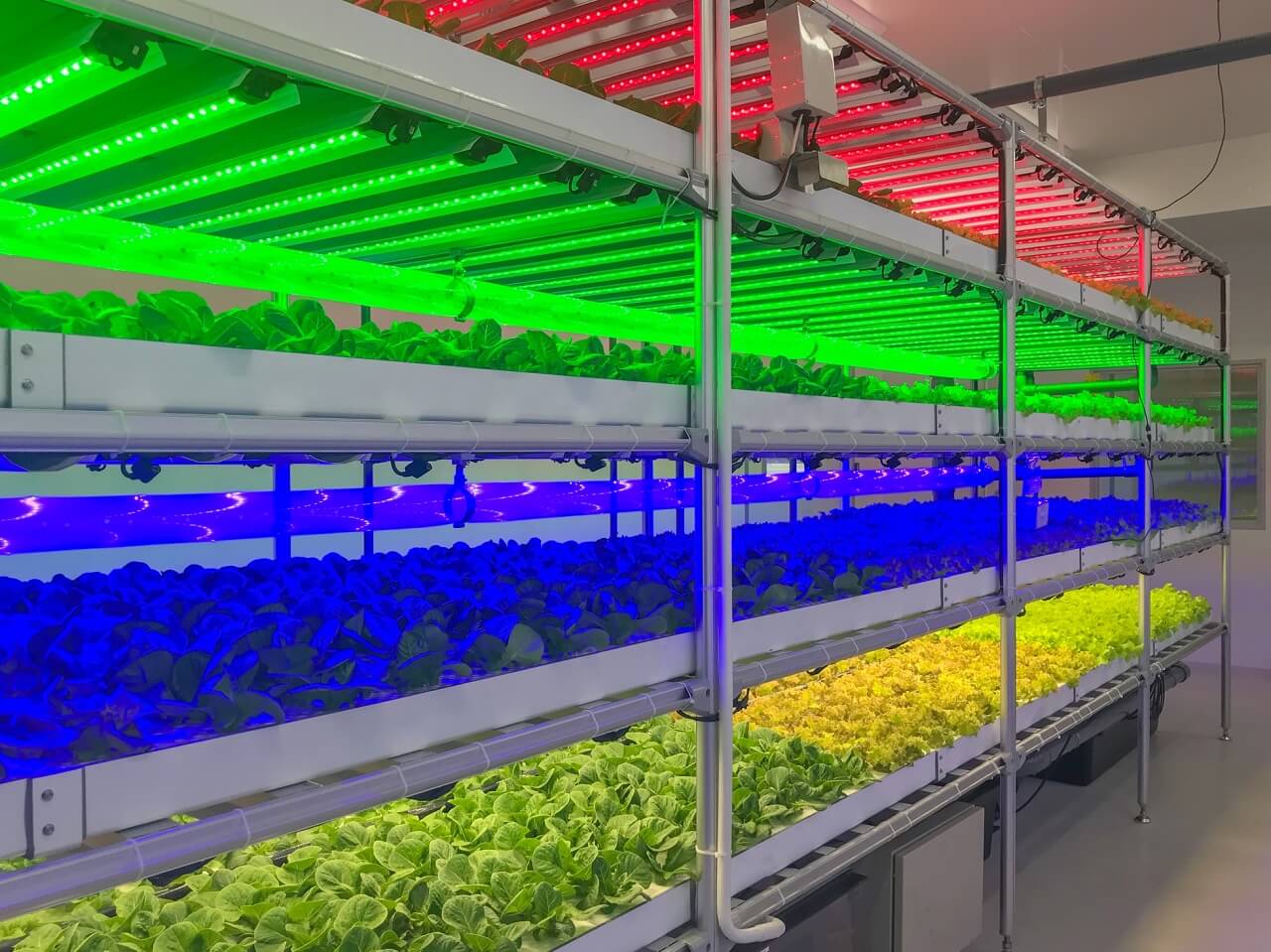LED Light for Cactus: How to Use LED Grow Lights to Promote Healthy Cactus Growth
Cacti, known for their resilience and unique adaptation to arid conditions, require specific care to thrive indoors. Among the myriad of factors influencing cactus health, light is arguably the most critical. In this context, LED grow lights have emerged as an innovative solution, providing the necessary spectrum for optimal growth.
Understanding the unique lighting needs of cacti is essential, and LED grow lights offer a tailored approach. Let’s delve into how these lights function and how you can harness their potential to cultivate healthy cacti.
The Science Behind LED Grow Lights
Light is integral to photosynthesis, the process by which plants convert light energy into chemical energy. Unlike traditional incandescent bulbs, LED grow lights emit specific wavelengths of light, tailored to enhance plant growth. The primary spectrum for photosynthesis is red and blue light, crucial for different growth stages.
Red light, typically in the range of 600-700 nanometers, plays a pivotal role in flowering and fruiting. For cacti, this spectrum not only encourages blooming but also aids in the creation of chlorophyll. Conversely, blue light at approximately 400-500 nanometers promotes vegetative growth, essential for young cacti as they establish their initial root systems.
Temperature Management and Energy Efficiency
One of the significant advantages of LED grow lights is their low heat emission. Unlike traditional grow lights that can raise the ambient temperature, LEDs maintain a cooler environment. This feature is particularly advantageous when cultivating cacti, which prefer warmer conditions than many houseplants but can suffer from overheating. The optimal temperature for most cacti is around 70-80°F during the day, dropping slightly at night.
Moreover, LED lights are exceptionally energy-efficient, consuming less electricity while providing ample light for your plants. This efficiency translates into lower energy bills, making them a practical choice for both hobbyists and professional growers alike.
Types of LED Grow Lights Ideal for Cacti
Not all LED grow lights are created equal, and understanding the various types will help you choose the right one for your indoor cacti. Here are some popular options:
Full Spectrum LED Grow Lights
Full spectrum lights encompass the entire light spectrum, mimicking natural sunlight. This versatility allows for year-round growth, making them ideal for cacti enthusiasts. They not only support photosynthesis but also provide the necessary light for flowering and fruiting stages. Full spectrum lights are excellent for all growth phases.
Red and Blue Spectrum LED Lights
These lights focus primarily on the red and blue wavelengths, catering specifically to plants’ fundamental growth needs. Red spectrum lights enhance flowering, while blue spectrum lights boost vegetative growth. However, these specialized lights might require supplementation during certain growth stages.
Panel LED Grow Lights
Panel lights provide a wide spread of light, making them suitable for larger cactus collections. These fixtures are often slim, allowing for various arrangements without overwhelming your space with bulky equipment. They can be hung or mounted, ensuring efficient light distribution across multiple plants.
How to Properly Use LED Grow Lights for Cactus Growth
Once you have selected the appropriate LED grow lights, understanding how to effectively use them is pivotal for successful cultivation. Here are essential tips to keep in mind:
Light Duration and Intensity
Cacti generally require 12-16 hours of light per day, depending on the species and growth phase. During the growing season, which typically spans from spring to early fall, providing extended light duration will enhance growth efficiency. However, as the days shorten in autumn, you may reduce the light duration to encourage dormancy.
Distance from the Plant
Positioning your LED grow lights correctly is critical. A good rule of thumb is to maintain a distance of 12-24 inches between the light source and the cactus. This distance provides adequate light intensity without causing stress or heat damage. Monitor your cacti closely, as signs of too much light include bleached or scorched patches.
Monitoring Humidity Levels
While cacti thrive in low-humidity environments, maintaining a balanced atmosphere is important when growing under LED lights. The combination of warmth and light can sometimes lead to increased evaporative loss. Periodic misting or placing a humidity tray nearby can help stabilize the humidity around your plants.
Enhancing Growth Through Timed Cycles
Utilizing timers can simplify the lighting process, ensuring your cacti receive consistent light exposure. Automated timers can simulate natural day/night cycles, enhancing growth and overall plant health. Schedule your lights to turn on in the early morning and off later in the evening for a natural feel.
Conclusion: The Path to Flourishing Cacti
Employing LED grow lights can revolutionize your cactus cultivation journey. Taking the time to understand their specific light requirements, as well as how to implement these innovative devices effectively, will pave the way for vibrant and robust cacti. By optimizing your lighting solutions, you can ensure your spiny companions flourish and thrive, fulfilling the demands of both novice gardeners and seasoned enthusiasts alike.





Leave a Comment